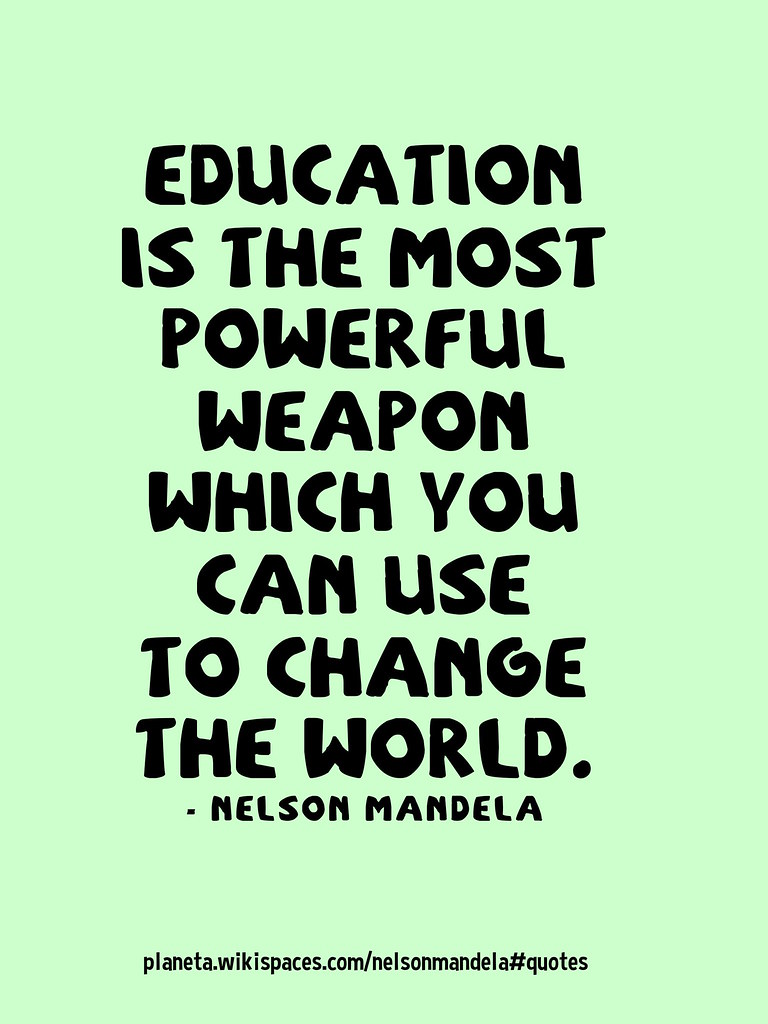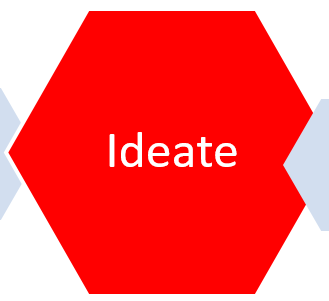Session 2 - Mine
Presenting for the first time at a EdTech summit or any summit for that matter. The workshop I ran was not large. I had a total of 5 attendees’ each attendee was diverse and unique from the rest. One was a principal from a large high school with 150 staff who was very interested in blogging from a professional portfolio point of view. Another was a lady that works as an Educational Liaison person within an Inner Sydney Hospital, where she works with children who have long stays in hospital due to the nature of their treatment. Another was a teaching principal from a rural area outside of Sydney who had 12 students within her school.
Although there was not a large number of attendees having the opportunity to share the stories of Ohaeawai Schools students and parents within blogging was inspiring. As the number was so small instead of presenting as I had first anticipated/planned it became more of a discussion around the slides that I was presenting. It allowed for us to cater and tell the story but also link into how blogging could work specifically for the participants of this workshop.
The workshop ended up focusing on the fundamentals of why we blog and having examples of professional, parental, and student voice was fantastic in helping those who attended, to connect with the ideas we were talking about. Although the plan was to begin with discussions into why we blog and then to use additional resources within my presentation to help create a blog or a blog post these were things we didn’t actually get there due to the in-depth discussions that were having.
Key points to take away from this experience
- Connection in education is 1 of the keys to unlocking the potential of everything in education - I always knew this was the case with students and with mentor teachers, but hadn’t forced myself to do this kind of connection with educators I had never met before.
- Sharing not only makes us stronger as educators, but it also helps promote growth an educational community both for ourselves and for other educators.
- The thought of sharing is actually harder than the reality of sharing.
- People attending EdTech Summits like being able to take resources away that they create.
- Although I view my own teaching practice as normal and nothing great, the practices that I use on an everyday basis is still unimaginable to may educators - Although I can see many areas I want to improve on (typical of all teachers I know) I need to be more prepared to share my story - in education, with education and for education. Also even though I have area’s I know I want to improve on and inquire into, many of the things I already do are inspiring to others and for this reason I need to be more prepared to put my hand up and share my ideas.
A HUGE THANKYOU goes to the MIT team, especially KPMG, Pat Snedden, Jenny Oxley who are the people who worked behind the scenes to make this happen. Pat I would love to meet you in person and be able to express my gratitude for helping me grow professionally within this inquiry, and Jenny, it is always a pleasure to catch up with you when we all meet together at KPMG.
THANK YOU THANK YOU THANK YOU!





























